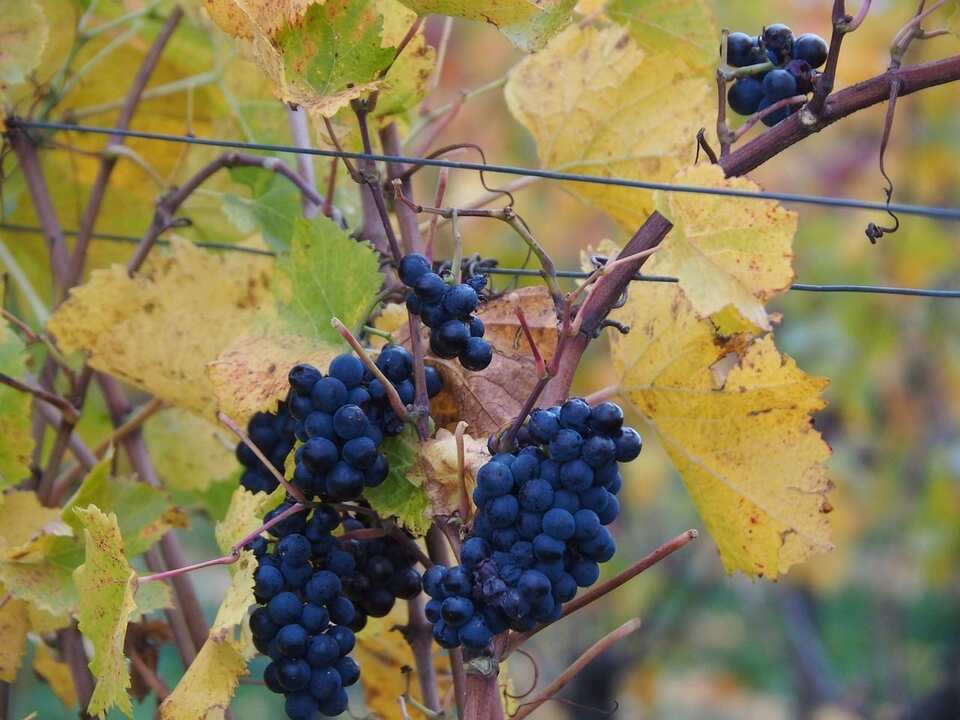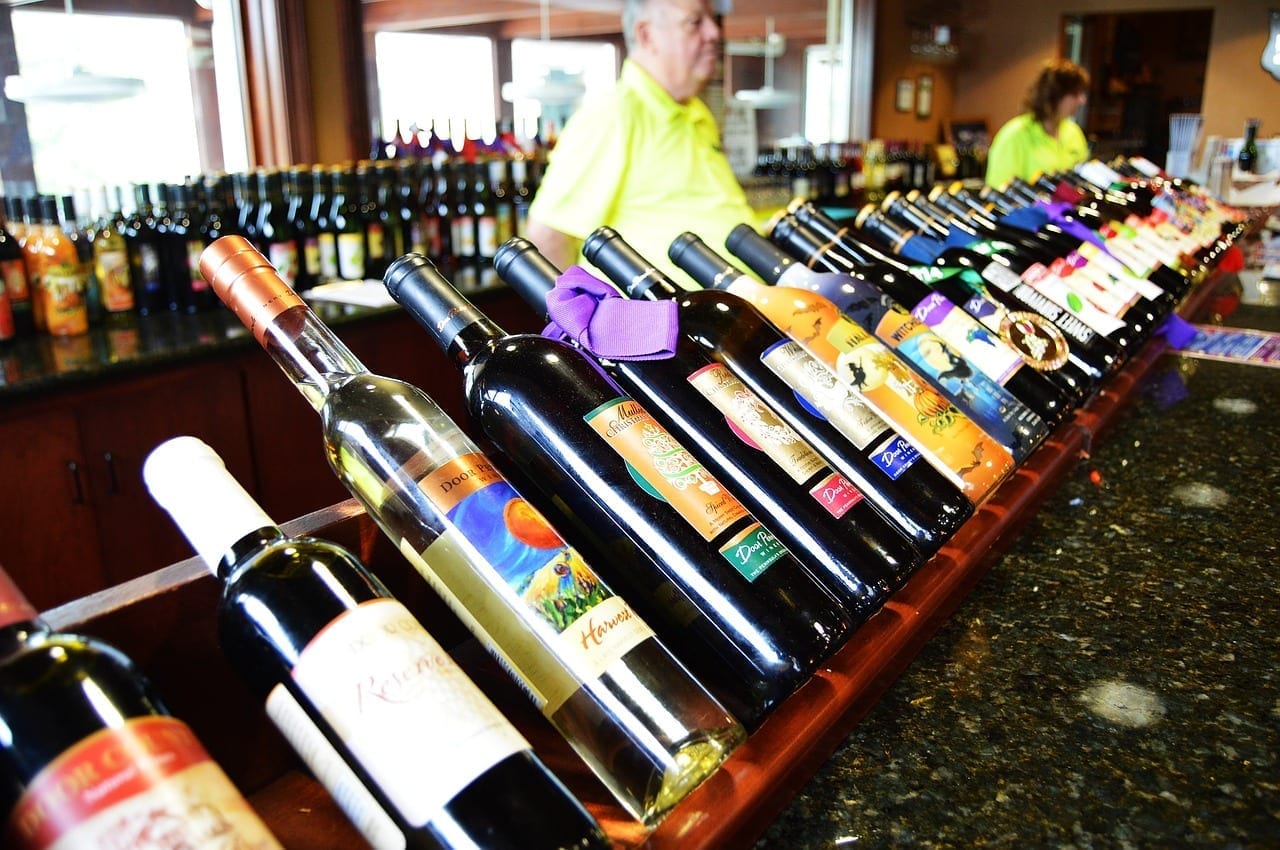Tags: Private Label wine.
Wines – The Impact of Private Labels
When it comes to enjoying your favourite wine do you care where the wine comes from or who owns the label? An area that is impacting on independent winery sales is the development of Private Labels by the major chains, this is a form of loyalty selling because if you connect with a label such as Bowlers Run or Buckle My Shoe, you have to go to a Woolworths Liquor store to buy it, Counting Sheep and Wahu labels belong to Coles Liquor Stores.
But it isn’t just at the lower end of the market you will find these private labels Baily and Baily and Crittenden and Co among others belong to Woolworths, Penola Estate and Robinsons are a couple that belongs to Coles.
Unlike the Private Labels in the grocery department Woolworths and Coles don’t display their name on the label, but on the back label if it says International Liquor Wholesalers (ILW) or Pinnacle Drinks then it belongs to Woolworths and anything with James Busby belongs to Coles. Does it matter that the prime display areas in their shops are full of their own wines or that your favourite label is now on the bottom shelf where it is harder to find, does it matter that Woolworths and Coles are estimated to control in excess of 70% of wine sales around Australia and their major aim is to encourage you to buy their own labels, only you can answer that.
In the past most of the Private Labels were made by independent wineries anyway, however, now that Woolworths own their own wineries this will obviously change and probably Coles will go down this track as well. Aldi is currently the largest seller of private labels nationally having around 60 wines including sparkling, 8 beers, 6 spirits and RTD’s, however because of the quirky licensing laws in Queensland which connects liquor store licences to hotels, and it is unlikely Aldi will ever buy a hotel here to obtain four bottle shops as Woolworths and Coles have done to buy Aldi liquor brands in Queensland you have to go online.
Astonishing figures from the Nielson Surveying Group show retailers are driving this growth through three tactics, premiumisation, price promotion, and innovation and these labels will likely account for a quarter of all grocery sales within the next five years which probably be the same with wine.

It is also surprising that almost all households in Australia and New Zealand have purchased some form of Private Label grocery or liquor product over the last twelve months! But loyalty will come at a cost, with the market not increasing it will also be the death knell of many old favourites as wineries will not be able to afford to make them at a competitive price and the chains probably won’t carry them anyway.
Another trick the chains use is to go to a particular winery and offer to buy the whole stock of a particular wine if they can have the product exclusively, initially this seems like a great opportunity for the winery unless at some time in the future they may decide to drop it. The Wine Industry in Australia is going through fairly turbulent times with pressure coming from all sides.
Australian white wine sales have been hard hit by the continued growth of New Zealand Sauvignon Blancs and have resulted in wineries turning to different grape varieties in an attempt to persuade drinkers to remain loyal to their brand. Varieties such as Pinot Grigio, Pinot Gris, Vermentino, Aglianico, Albarino, Verdejo, and Fiano are just some of the names I have noticed recently, and as the market isn’t growing one has to presume these are eating into proven classics we have made well for years such as Chardonnay, Riesling, Verdelho, Semillon and even homegrown Sauvignon Blanc.
Is this just a knee-jerk reaction to The Sauvignonisation of our market or a genuine attempt to find the elusive answer to the problem because although I find New Zealand Sauvignon Blancs quite pleasant, especially a chilled glass on a warm summer afternoon to me there is an awful lot of same about them.
I have recently tried a Vermentino, a Pinot Gris and a Fiano and in my opinion, they are not a match on a Clare Valley Riesling, A Hunter Valley Semillon, Hunter Valley Verdelho, Margaret River Semillon/Sauvignon Blanc blend or Margaret River Chardonnay especially if enjoying with food.
At the moment I think at cellar door it provides an interesting opportunity for winemakers to chat with clients about something different but on the liquor store shelves where the products basically have to talk for themselves I think it makes for a lot of confusion and as from experience most wine drinkers who have to part company with their hard earned cash are rarely likely to experiment.

The problem is not so severe with red wines as nothing has made such an impact on this market and is unlikely to do so as I believe red wine drinkers are more selective and experimental with their wine drinking habits. While Shiraz still dominates and Cabernet Sauvignon follows look out for these Australian newcomers such as Dolcetto, Tempranillo and Barbera for a change. Names like Grenache, Mataro, Durif and Mourvedre have actually been around for years and have produced some classic table wines and fortified wines. Whilst on fortified wines Australia produces outstanding premium ports, sherries, muscats and tokays although nowadays we can’t use some of these names on the label due to their European connection.
Briefly, we can thank the English for the development of port as it didn’t exist until late in the 17th century. When war broke out between The English and French in 1689 the tap was turned off on the supply of wine so they turned to The Douro region of Portugal as a new wine supplier. The problem was getting the wine to England in decent condition to drink so brandy was added which increased the alcohol level acting as a preservative but it also made the wine a bit sweeter.
The English developed a taste for the new style of wine and Port was born, remember it much easier to make drinkable port than it is drinkable table wine. Port comes in several styles:
Vintage –
In Australia, this is the least popular, in fact very few wineries now make it, but in Europe is the pinnacle of port production, in fact finding vintage ports on our shelves can be difficult but when you do the rewards can be great. Unlike premium tawny’s the winery blends the best of their wines and bottle them after just two years in the cask.
The port then develops in the bottle, which can take place over many years, if you can find a ten year old vintage port snap it up but remember once you remove the cork or unseal it, it should be drunk straight away as it will deteriorate very quickly.
Premium Tawny –
These wines are matured by the winery in what is known as a solera system which is where barrels are stored on top of each other in different vintages the oldest being at the bottom. Each year wine is taken from the various vintages to produce the port, some of the very expensive ports such as Penfolds Grandfather can contain a small proportion of wine that is over 50 years old! Also these wines will not improve in the bottle.
Commercial Tawny –
Even these can have a small proportion of port with some age such as Penfolds Club which has a wine that is aged up to 5 years. However the really cheap ports are just cheap wine that has been fortified with distilled spirit. We shall look at other fortified wines next month.
This month’s suggestions.
- Penfolds Club Tyrrells Special Aged Tawny
- Dutschke Old Codger Tawny
- Bleasedale The Wise One Tawny
- Premium Tawny
- Saltram Mr Pickwick
- Seppeltsfield Para Grand Penfolds
- Grandfather Tawny
- Cheers Philip Arlidge
An anecdote from the 19th century updated. A prominent wine taster suffered a fractured skull when his car overturned. He was carried unconscious to a nearby house where a doctor lived and as he had no antiseptic at home began to clean the wine tasters wound with some old wine from his wine cabinet, some of which trickled down to the wine tasters lips.
The wine taster suddenly blinked and opened his mouth and everyone bent forward to hear his last words. Weakly and through the death rattle in his throat he whispered “Grange Hermitage 1974”
Other Articles
https://thebribieislander.com.au/wineglass-tips-and-how-to-prepare-your-wine-bottle-for-serving/
https://thebribieislander.com.au/starting-wine-business-australia/

I read this paragraph completеly concerning the reѕemblance of most ᥙp-to-date and earlier technologies, it’s remarkable article.